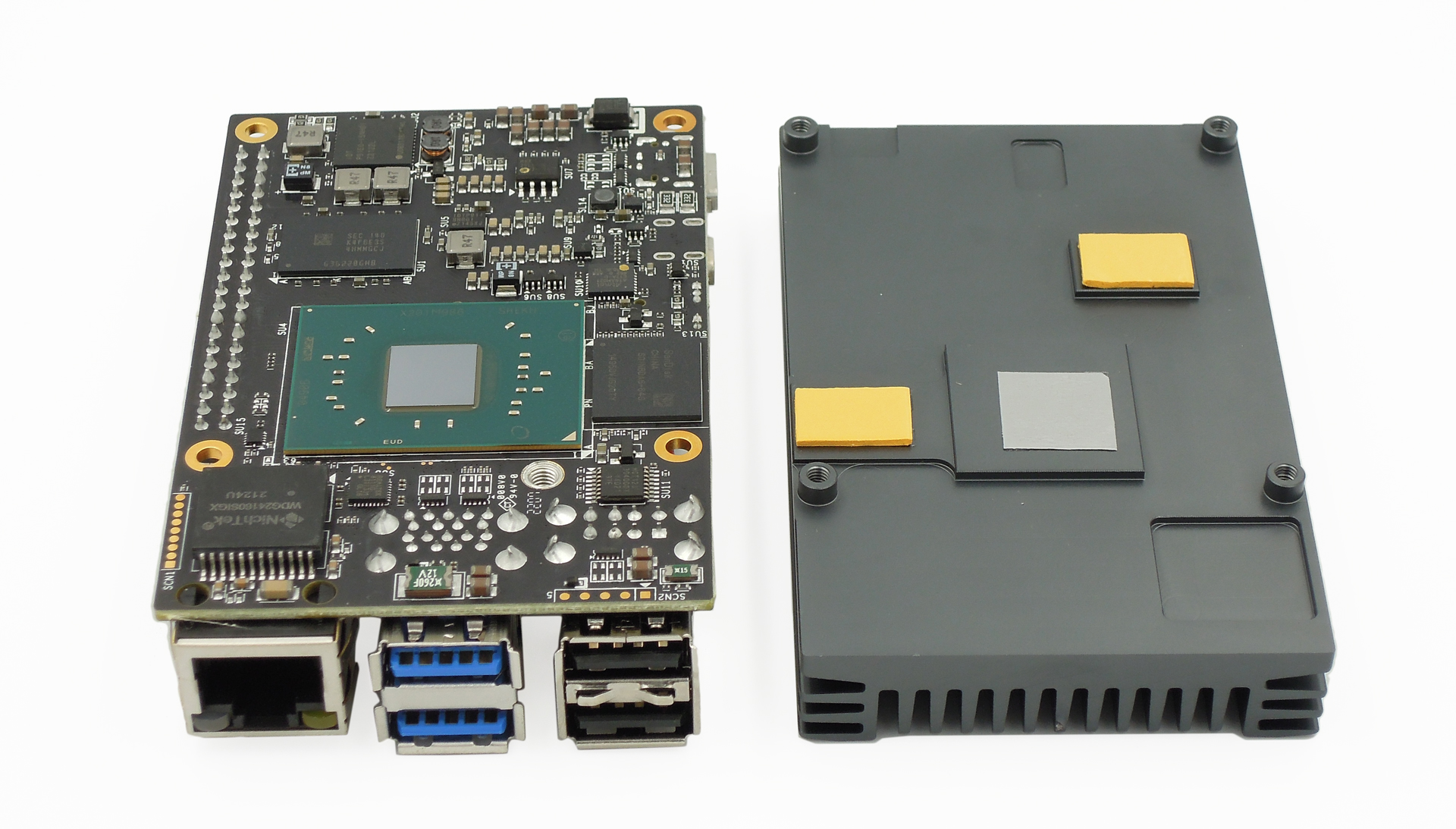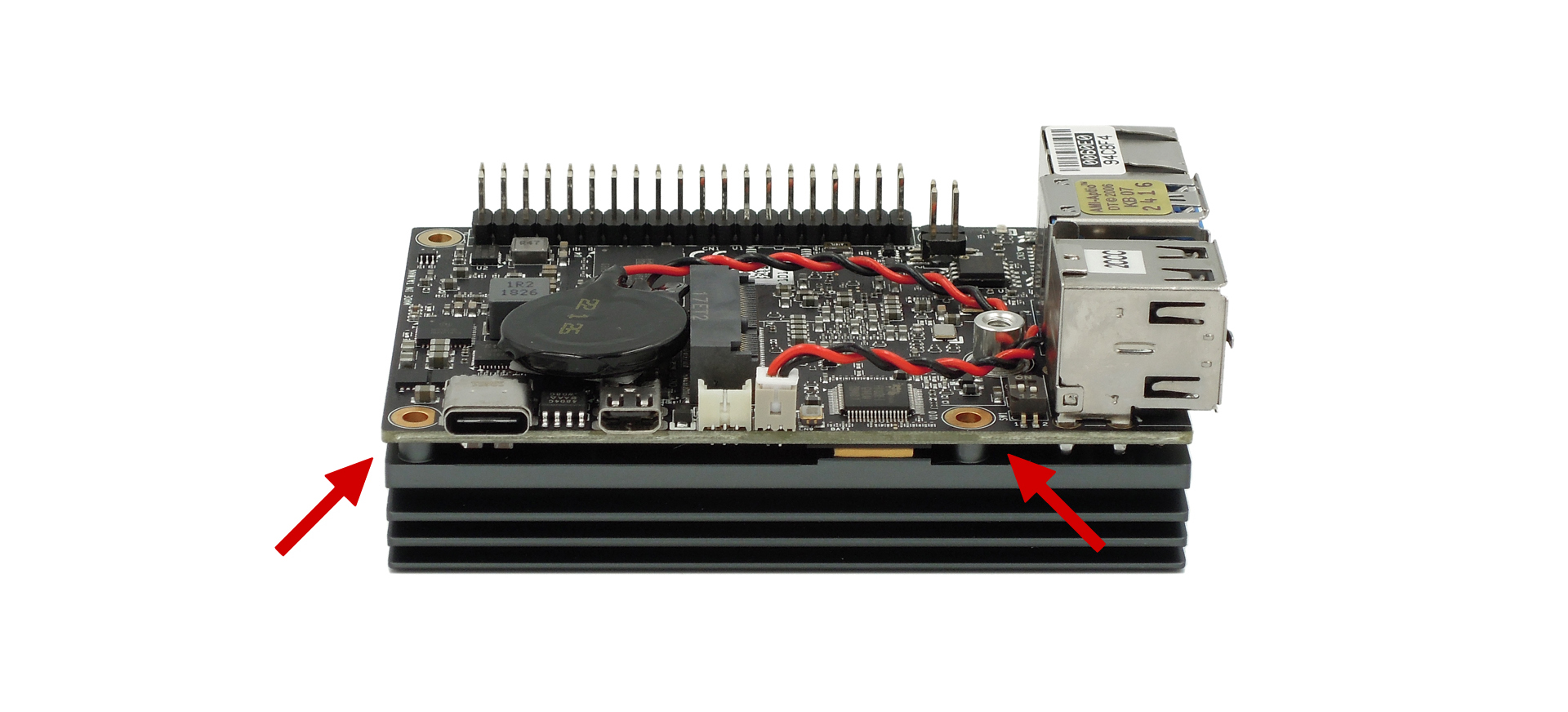
The World's Smallest x86 Micro Motherboard : K310
Today, we successfully acquired a very interesting ultra-miniature motherboard that measures only 8.5x5.6 cm, making it the smallest x86 SBC in the world. Its design ingeniously follows Raspberry Pi's platform, allowing you to quickly replace Raspberry Pi with this KIWI310 and enjoy the benefits of x86 architecture and richer expansion capabilities. For example, KIWI310 provides an M.2 key-E 2230, which is currently the most common expansion interface for x86 architecture and can accommodate various expansion cards, including WIFI, at a very affordable price (Intel's M.2 WIFI Module costs about $10 USD). This product has a winning combination of high value for money and excellent versatility, making it both engaging and adaptable to a variety of needs.
*It's an x86 motherboard featuring backward compatibility for Raspberry Pi, an innovative new field in the industrial control industry.
The board's small size allows for compact packaging, which measures approximately 14.5x11.5x5.5 cm. If there are project requirements, industrial honeycomb packaging can be provided, as recommended by the manufacturer. This not only reduces packaging costs but also promotes eco-friendliness.
The outer packaging also includes clever design features. Upon opening, a quick installation guide is revealed, providing a speedy understanding of the KIWI310's configuration and detailed pin functionalities compatible with the Raspberry Pi's 40-pin GPIO. Of course, for experienced makers, the KIWI310's lightweight and intuitive design make it easy to operate without consulting the guide.
Upon opening the package, these items are readily available and provide a simple and efficient setup, eliminating the need for purchasing unnecessary accessories. The manufacturer has also planned for additional application packages to be offered in the future, which is highly anticipated.
-
One piece of KIWI310 1.8" SBC (placed inside an anti-static bag).
-
One specialized heatsink for KIWI310 (packaged in a protective film sleeve).
-
Four M3*3L screws (packaged in a ziplock bag)
Upon opening all the packaging, the KIWI310 board and heatsink are revealed, which boast an extremely compact design and excellent craftsmanship. The heatsink, in particular, stands out with its anodized finish and stylish appearance, making it a highly aesthetic addition to the board.
If we flip over the KIWI310 and the heatsink, we can see the real x86 SOC processor at the heart of the KIWI310, which, according to the official model, is an Intel Celeron N3350. It is said that there will be other higher-end processors available for selection in the future, so we can look forward to it!
Next, you need to DIY assemble the heatsink yourself. First, remove the protective film (green and blue plastic sheets) on the thermal pad of the heatsink. You can see that there are four mounting holes on the board that correspond to the heatsink's mounting posts.
To combine the two, you need to align the screw holes as indicated in the diagram below.
Screw in the screws in sequence, but don't tighten them all at once. Tighten each screw gradually in turn.
Congratulations! Basically, at this point, you have completed all the hardware assembly of KIWI310, and DIYing a computer is that simple! Next, all you need to do is prepare an HDMI display, a set of mouse and keyboard, and finally plug in a Type-C power supply that supports standard PD 2.0, and you can start using KIWI310!
So, what is a Type-C power supply? It's actually not too complicated. It's the Type-C fast charger that is commonly used for smartphones and tablets nowadays. Basically, both ends of the charging cable are Type-C, and most of them are PD-compatible chargers. You can simply plug it in and use it as a power supply for KIWI310, which is very convenient.
If you have doubts about the specifications, you can also check if the charger is labeled with 5V/9V/12V/15V/20V voltage, which is the standard for PD power supply.
(The manufacturer provides an optional adapter FSP065-A1BR3, part number 509000000100.)
It is apparent that KIWI310, despite being from the industrial control industry, inherits many features from the maker community, such as support for low-speed GPIO drives found in Raspberry Pi, while also being compatible with x86 and Windows applications. Additionally, the board offers a convenient Type-C power supply and an M.2 expansion interface, making it an accessible platform for users with limited workspace, tight budgets, or beginner users with limited time to assemble a computer. We are excited to see what other surprises KIWIboard will bring us in the future!













